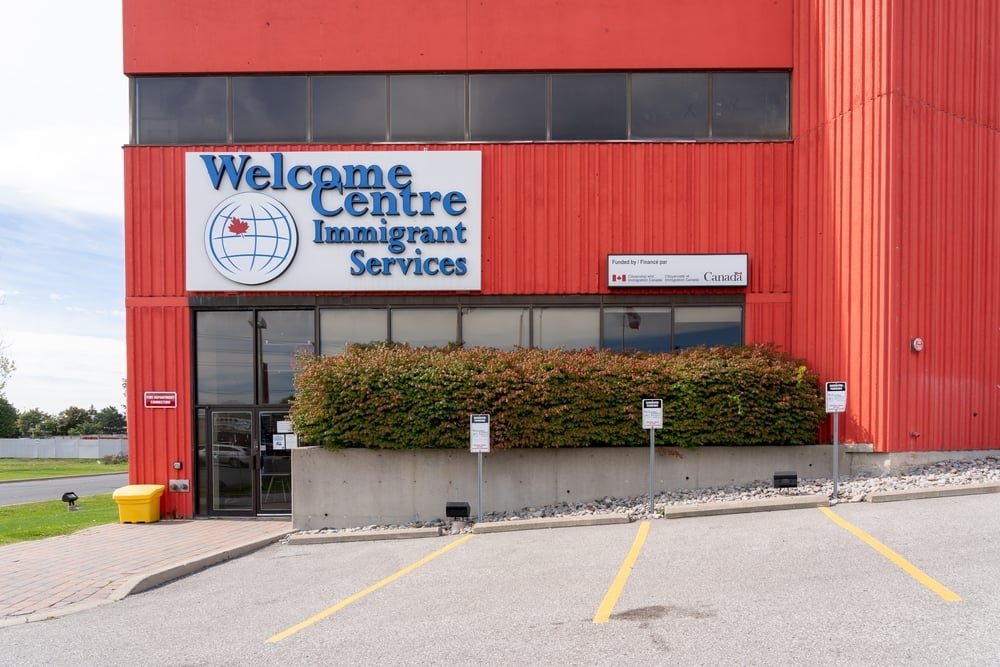Settling in a new country can be challenging, but things get easier once you get right the initial important steps. There are several steps that new immigrants to Canada need for a smooth transition and integration. The steps are different depending on whether you coming to Canada as a permanent resident or a temporary resident. It is highly recommended you call or visit an immigrant-serving organization in your city or town to learn about their services, the majority of which can help you settle with ease. All in all, stay informed, seek help when needed, and be proactive in your integration journey.
Key Steps to Ease Transition and Settlement for New Arrivals
1. Housing
One of the primary needs after arriving in Canada, is getting a temporary place to stay until you can rent or buy a long-term home. If you do not have family or friends in Canada that you can stay with, you can stay at a hotel or hostel. Most hotels offer private rooms and bathrooms, telephone and internet service, and a television. Some have rooms with a small kitchen, allowing you to save money when you cook. Hostels on the other hand are a more basic version of a hotel. In most hostels, you can get a private room or a bed in a large room that you can share with others. Washrooms are usually shared, and there is often a kitchen where you can cook.

2. Obtain a Social Insurance Number (SIN)
A social Insurance Number (SIN) is a unique nine-digit identification number that is essential for working, paying taxes, and applying for government benefits and services. Make sure to apply for SIN from Service Canada as soon as you arrive in Canada. When applying for a SIN, you must present one of the following documents:
- a card issued by Immigration, Refugees and Citizenship Canada if you apply as a Permanent resident and your application was processed in Canada
- a Confirmation of Permanent Residence and visa counterfoil affixed to your foreign passport or travel document if your application was processed outside of Canada.
3. Get to Know the Canadian Banking System
Familiarize yourself with the Canadian banking system such as the different types of accounts available, banking fees, online and mobile banking options, and security measures. With this knowledge, you will be able to make informed decisions and efficiently manage your finances. To open a Canadian bank account, visit the nearest bank or credit union and make sure to choose an institution that offers services suitable for newcomers, such as multilingual support and newcomer account packages with attractive deals. With a bank account, you will manage your finances effectively, receive your salary via direct deposits and pay bills, and access other financial services.
4. Enroll in Online Banking
Set up online banking to access and manage your accounts from anywhere. This will let you view your balances, make transfers, pay bills, and monitor transactions. Online banking is secure, time-saving, and widely used in Canada. You can check your bank accounts and credit card balance at any time. Traditional banks don’t stay open round the clock thus giving you a limited window to get funds, make payments, and get your questions answered.






